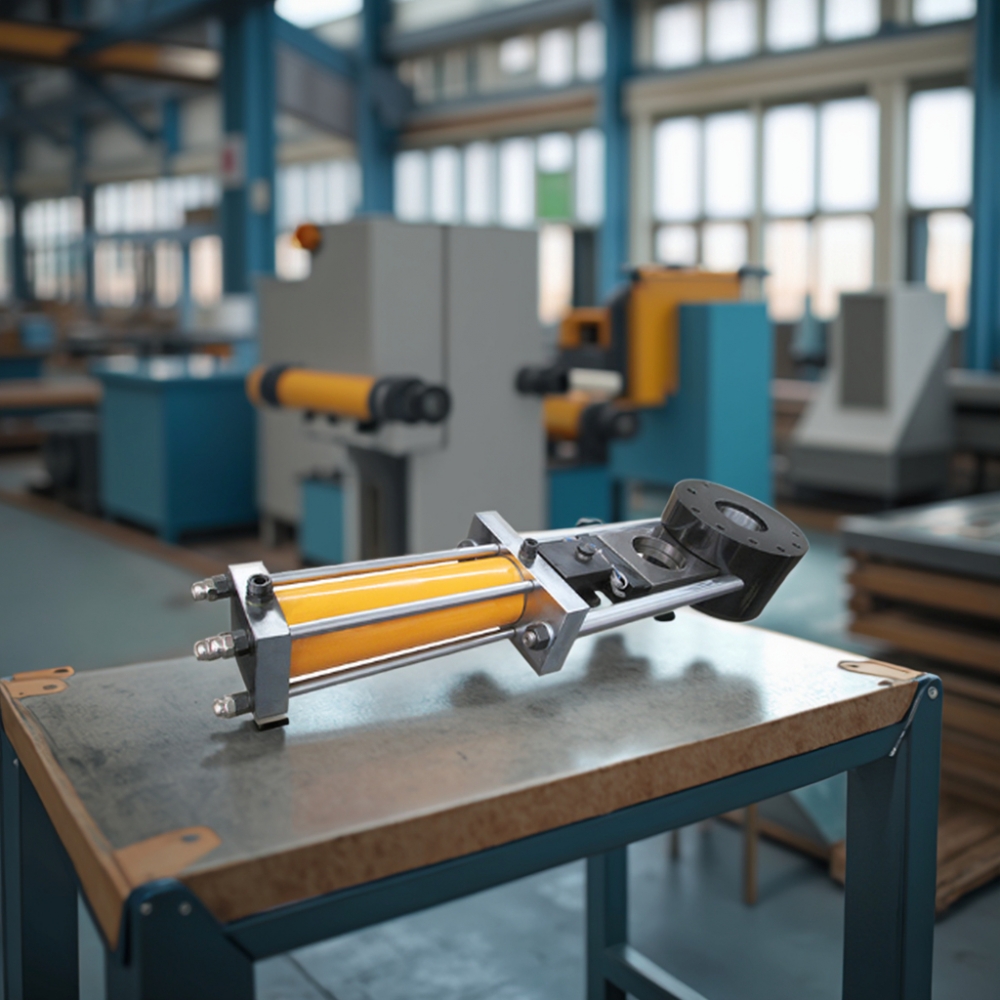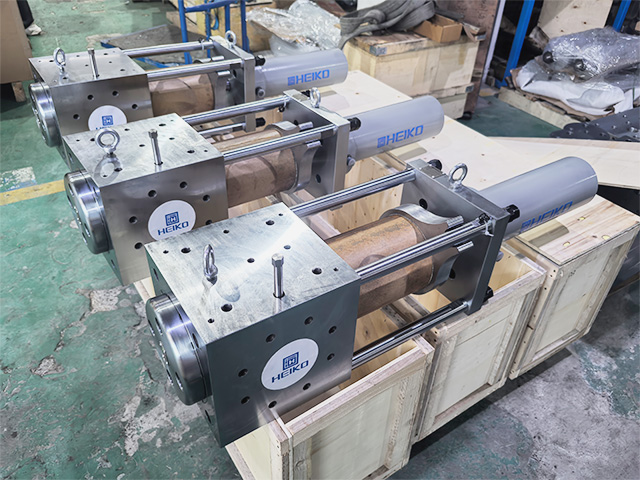CANCEL
A screen changer for a plastic granulator is a critical component designed to facilitate the quick and efficient replacement of the screen (or filter) within the granulator, ensuring continuous operation and consistent granule quality. Here's a detailed breakdown:
Purpose
Granule Size Control: The screen regulates the size of plastic granules exiting the granulator by allowing only particles smaller than the screen holes to pass through.
Clog Prevention: Over time, screens can become clogged with debris, melted plastic, or contaminants, reducing efficiency. A screen changer enables swift replacement without halting production.
Adaptability: Allows operators to switch screens with different hole sizes to adjust granule output for varying applications.

Mechanism
Design Types:
Sliding/Rotary Systems: Screens are mounted on a carousel or sliding tray, allowing pre-loaded screens to be rotated or slid into position.
Hydraulic/Pneumatic Actuation: Uses pressurized fluid or air to move screens in/out, often with safety locks to prevent accidental activation.
Split Screens: Designed in sections for easier removal and replacement in tight spaces.
Operation:
Quick-Change Feature: Minimizes downtime by enabling screen swaps in minutes.
Safety Interlocks: Ensures the granulator stops or reduces speed during changes to prevent injury or material spillage.
Alignment Mechanisms: Ensures precise screen positioning to avoid leaks or granule size inconsistencies.

Key Components
Screen Material: Typically hardened steel, stainless steel, or specialized alloys to resist wear from abrasive plastics.
Frame/Housing: Robust structure to support screens under process pressures.
Actuation System: Hydraulic cylinders, pneumatic pistons, or manual levers for screen movement.
Control Panel: Optional automated systems for remote operation or monitoring screen status.
Benefits
Reduced Downtime: Maintains production continuity by avoiding full machine stoppages.
Improved Efficiency: Consistent granule size enhances end-product quality and reduces waste.
Operator Safety: Designed with guards and interlocks to minimize risks during changes.
Flexibility: Adapts to different materials or granule specifications by swapping screens.
Maintenance Considerations
Regular Inspections: Check screens for wear, tears, or clogs.
Cleaning Protocols: Establish routines to clean or replace screens based on usage patterns.
Spare Screens: Keep multiple screens on hand to minimize changeover delays.

Applications
Recycling Facilities: Critical for processing mixed plastic waste.
Plastic Manufacturing: Ensures uniform granules for injection molding or extrusion.
Post-Industrial Recycling: Handles scraps from manufacturing processes efficiently.
In summary, a screen changer is an essential tool for optimizing plastic granulator performance, balancing productivity, safety, and quality in plastic recycling and manufacturing workflows.
Email: sale@heikomachinery.com
WhatsApp: +86 13803717447
Material selection of melt pump
What materials can the melt pump transport?
Application areas of plastic extrusion melt pumps
Heiko Company had participated in the CHINAPLAS 2024.
High-temperature melt gear pump in the chemical fiber spinning applications
Extruders with screen changers: cost-saving for stable production
How can melt-pumps help extrusion line to reduce costs and increase efficiency?
Which extrusion lines are screen changers used in?
Plastic extruder screen changer: standard and customized full analysis
TPU pelletizing melt-pump